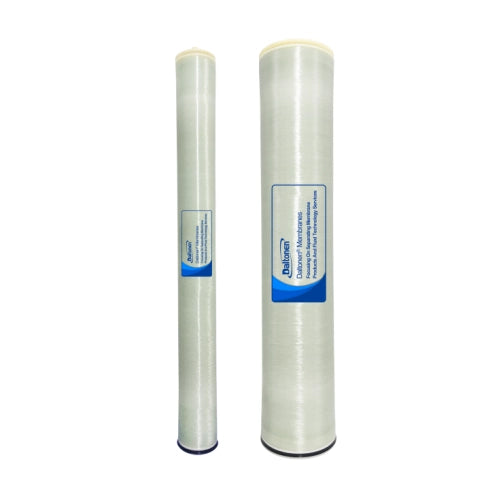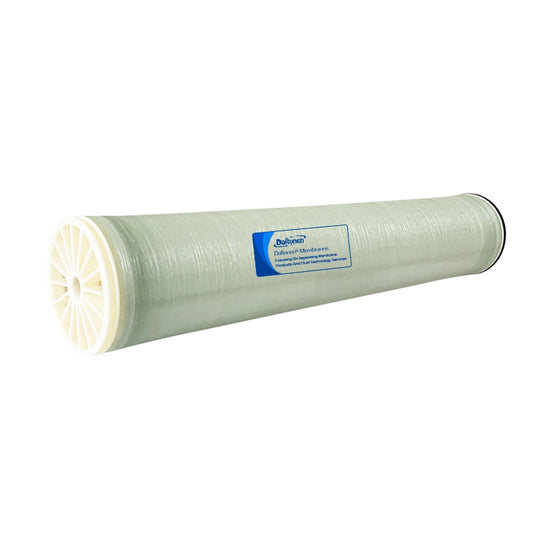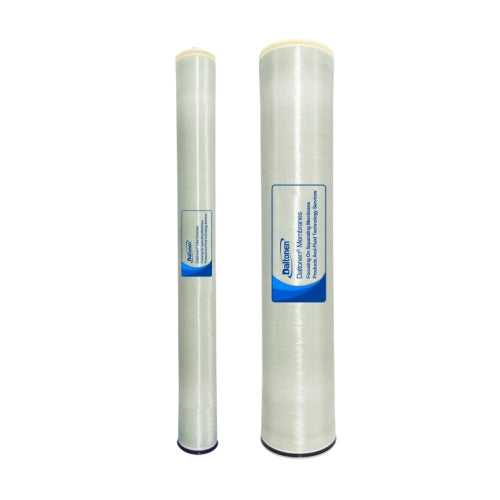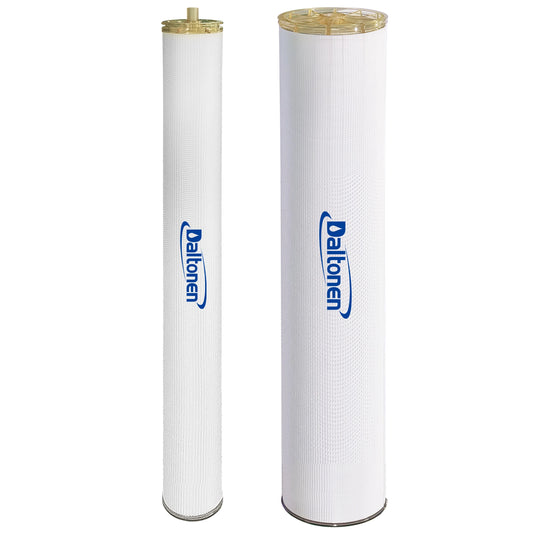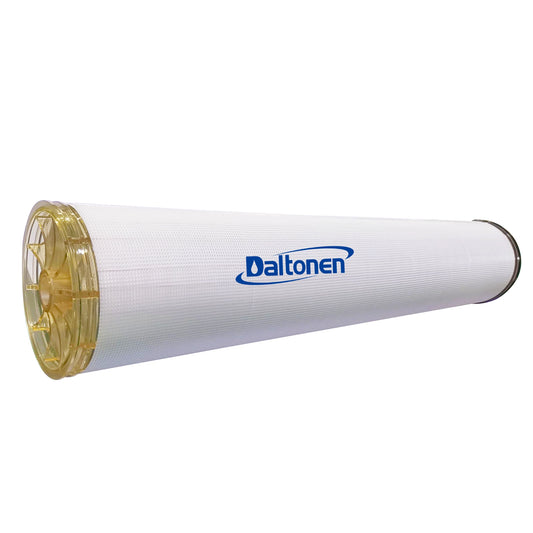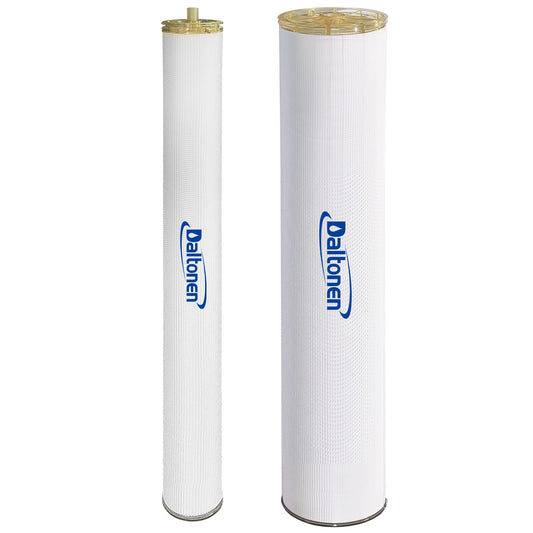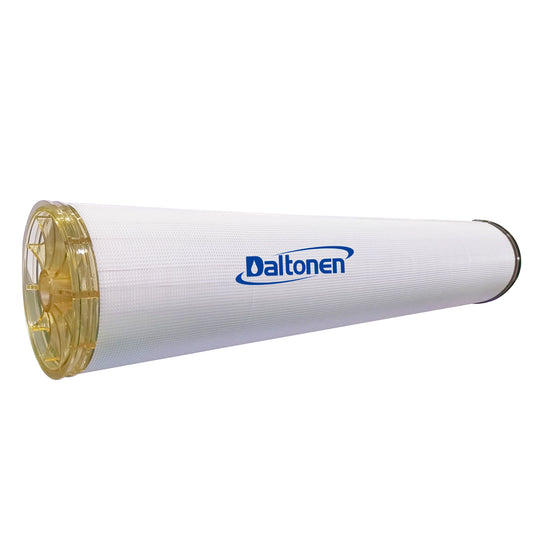Design and Scheme of Concentration and Separation Process for Peptide Amino Acid Solution
04 Jun 2025
Concentration and Separation Process Design for Peptide Amino Acid Solution
In response to the need for concentration and separation of peptide amino acid solutions with high oil content (oil fraction ≥5%) and high COD (120,000 mg/L), an efficient and low-pollution process scheme combining oil-water separation, COD degradation, and large-molecule retention technology is designed as follows:
I. Core Challenges and Solutions
High oil content issue: Oil substances are prone to causing membrane fouling, necessitating the priority use of efficient demulsification and oil removal technology.
Ultra-high COD: COD needs to be degraded in stages to prevent membrane fouling and permeate exceedance caused by direct membrane treatment.
Peptide/amino acid retention: Membrane materials with high retention rates for peptides with molecular weights of 1-10 kDa and resistance to organic pollution need to be selected.

II. Process Design
-
Pre-treatment Stage: Demulsification and Primary COD Degradation
Demulsification + flotation oil removal:
Add demulsifiers (such as polyether, 0.5-1.0%), heat to 50°C to accelerate oil-water separation;
Dissolved air flotation (DAF) removes over 90% of floating oil, reducing oil content to ≤0.5%.
Adsorption oil removal enhancement:
Activated carbon or hydrophobic oleophilic resin (such as Amberlite™ XAD-4) adsorbs residual emulsified oil, reducing oil content to ≤0.1%.
Fenton oxidation for COD reduction:
Adjust pH to 3-4, add FeSO₄ (0.2 mol/L) and H₂O₂ (1.5 mol/L), react for 2 hours, achieving a COD degradation rate of ≥50% (reducing to below 60,000 mg/L).
-
Membrane Separation Stage: Peptide Amino Acid Concentration and Salt Removal
Ultrafiltration (UF) pre-concentration:
Membrane selection: Ceramic ultrafiltration membrane (retention molecular weight 5 kDa, oil-resistant), operating pressure 0.3-0.6 MPa;
Retains peptides/amino acids (molecular weight > 5 kDa), permeate contains small organic molecules and salts (COD ≈ 40,000 mg/L).
Nanofiltration (NF) fine separation:
Membrane selection: Organic solvent-resistant nanofiltration membrane (such as DuPont™ NF270-400), retention molecular weight 200-300 Da;
Concentrate peptides/amino acids to a solid content of 15-20%, simultaneously removing 60% of monovalent salts (Na⁺, Cl⁻).
Reverse osmosis (RO) in-depth treatment:
Membrane selection: High fouling-resistant polyamide membrane (such as Toray TMG20), operating pressure 2.5-3.5 MPa;
Further concentrate peptides to a solid content of 30-40%, with product water COD ≤ 500 mg/L (meeting discharge standards).
-
Post-treatment Stage: Resource Recovery and Compliance Assurance
Electrodialysis (ED) for salt removal:
For NF/RO concentrate, remove over 90% of residual salts, increasing peptide purity to ≥95%.
Ozone catalytic oxidation:
Add ozone (20-30 mg/L) to RO product water, combined with UV light catalysis, reducing COD to ≤100 mg/L.
Spray drying:
Concentrate is spray-dried at low temperature (inlet air temperature 120°C) to obtain peptide amino acid powder (moisture ≤5%).
III. Key Equipment and Parameters
Process section
Equipment and parameters
Pre-treatment
Demulsification reactor (with heating), DAF flotation machine, activated carbon adsorption tower, Fenton oxidation tank
Membrane separation
Ceramic ultrafiltration system (5 kDa), oil-resistant nanofiltration unit (NF270), high-pressure reverse osmosis unit (TMG20 membrane)
Post-treatment
Electrodialysis stack (BP-1 homogeneous membrane), ozone generator (200g/h), spray drying tower (centrifugal atomizer)
Monitoring system
Online COD analyzer, oil content detection (infrared method), peptide concentration detection (HPLC), conductivity meter
IV. Expected Treatment Results
Indicator
Raw solution
After pre-treatment
Membrane concentrate
Final product water
COD (mg/L)
120,000
60,000
80,000*
≤100
Oil content (%)
≥5
≤0.1
Not detected
Not detected
Peptide concentration (%)
2-3
30-40
Salinity (TDS, mg/L)
15,000-20,000
≤2,000 (after ED)
≤500 (RO product water)
Note: The increase in COD in the membrane concentrate is due to peptide enrichment and requires subsequent resource recovery treatment.
V. Technical Advantages
Efficient oil-peptide separation: The combination of demulsification, flotation, and adsorption processes achieves an oil removal rate of ≥99%, preventing membrane fouling.
Staged COD treatment: Fenton oxidation + membrane separation + ozone catalysis achieves a total COD removal rate of ≥99.9%.
Activity retention: Low-temperature membrane separation (<40°C) ensures the biological activity of peptides, with spray drying temperature ≤120°C.
Resource recovery loop: Peptide recovery rate ≥90%, water reuse rate ≥80%, salt removal rate ≥95%.
VI. Operating Costs and Economic Benefits
Energy consumption: 1.2-1.8 yuan/m³ (mainly from high-pressure pumps, electrodialysis, and ozone systems).
Chemical costs: 0.8-1.2 yuan/m³ (demulsifiers, Fenton reagents, activated carbon regeneration).
Revenue:
Each ton of raw solution can recover 20-30 kg of peptide amino acid powder (valued at 500-800 yuan/kg);
Water reuse saves 5-8 yuan/m³ in water costs.
VII. Precautions
Membrane cleaning strategy:
Weekly cleaning of ultrafiltration membranes with 0.5% NaOH + 0.1% SDS;
Monthly cleaning of RO membranes with 1% citric acid for inorganic scale.
Salt control: Control divalent salts (Ca²⁺, Mg²⁺) to ≤500 mg/L before nanofiltration to prevent scaling.
Safety protection: Control Fe²⁺ residue in Fenton reaction to avoid iron contamination in subsequent membrane systems.
Tags:
